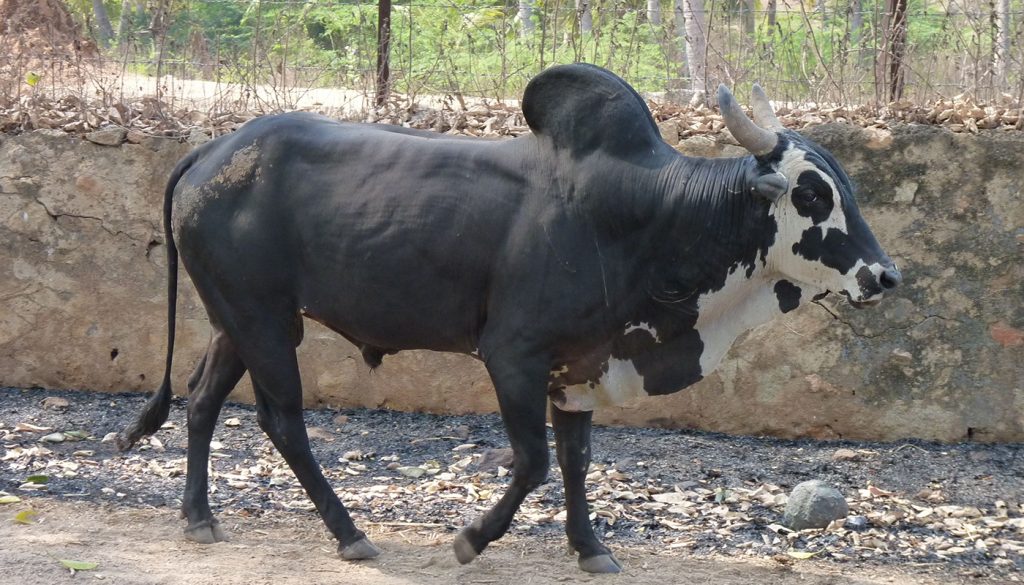
The Alambadi is a rare breed of cattle these days. They have a long heart shaped face with strong horns that rise from the head and point a bit backward. They are used primarily as draft cattle to pull a plow or cart. They are not the fastest of moving cows but are extremely hardy and can withstand most climatic conditions especially the heat.
This beautiful old cattle breed are listed as an endangered species as there are not many of them left in the world.
ALAMBADI BREED OF CATTLE QUICK PROFILE OVERVIEW |
|
|---|---|
| The Alambadi breed of cattle are quite rare and on the endangered species list in India | |
| Country of Origin: | India |
| Other Names: | None |
| Main Purpose: | Draft |
| Can be used for | Breed, Draft cattle – plowing and pulling carts |
| You may Also Like: | 35 Best Cattle Breeds for Milk – Dairy Cattle |
| You may Also Like: | 47 Best Cattle Breeds for Meat – Beef Cattle |
| Ideal Climate: | Heat, Cold, Most Climates |
| Conservation Status: |
Not listed by the *ALC Status/Rarity: Rare – endangered |
| Health Issues? | No known health issues |
| Good Starter Cattle? | Novice to intermediate Cattle farmer/keeper level |
| Cattle Associations: | Unclear – Please check with the American Dairy Association, National Association of Animal Breeders, Beef Cattle Breed Associations or The Beef Industry’s Information Center |
| Cattle Clubs: | Unclear – Please check with the American Dairy Association, National Association of Animal Breeders, Beef Cattle Breed Associations or The Beef Industry’s Information Center |
| Where to buy them? | Unclear – Please check with the American Dairy Association, National Association of Animal Breeders, Beef Cattle Breed Associations or The Beef Industry’s Information Center |
| Child Friendly? | Livestock should not be left unattended around unsupervised children |
| General Information: | Farmers are currently trying to increase the cattle’s uses by cross-breeding them in order to increase the cattle’s milk quality. The Alambadi cattle are considered to be one of the rarest cattle breeds in the world these days. They are a very hardy breed of cattle and graze mainly in forest type foliage having been bred in these types of regions. They are very active animals that can live off scanty rations with the bulls being sold as yearlings and raised as work cattle. |
| Note: *ALC stands for American Livestock Conservancy | |
PHYSICAL CHARACTERISTICS |
||||||||||||||||||||||||||||||||
|---|---|---|---|---|---|---|---|---|---|---|---|---|---|---|---|---|---|---|---|---|---|---|---|---|---|---|---|---|---|---|---|---|
| The Alambadi bull has a much larger frame than the cow does and is rippled with more muscle. They both had a long slender head that resembles a long heart shape. They have white markings on their face, tails and sometimes on their legs. They have a tight dewlap and a small cervices-thoracic hump on their shoulders. | ||||||||||||||||||||||||||||||||
| Size: | Medium | |||||||||||||||||||||||||||||||
|
||||||||||||||||||||||||||||||||
COW BREEDING & MILKING INFORMATION |
|
|---|---|
| Cows only calve once a year and should have 12 to 14-month inter-calving cycle. The Alambadi cow is what they term a very bad milker which means that she is not used for her milk. They are known to produce large quantities of milk, but the quality of her milk is not good at all. They are good mothers and will wean their young. | |
| Breeding Period/cycle: | Usually lasts 6 to 24 hours Most ave. 12 to 16 hours Cows usually come on heat every 21 days. |
| Estrous cycle: | Ave. 17 days to 24 days Heifer – usually ave. 20 days Cows – usually ave. 21 days |
| Gestation Period: | Usually, around 279 to 287 days but most gestation is 283 days. Cows that are carrying bull calf’s their gestation period is usually a little longer than cows that are carrying heifer calves. |
| No. Calves/Litter: | 1 calf at a time. Cows rarely have twins or triplets, but it can happen |
| Lactation Period: | Cows lactation period can last for up to about 10 months (305) days. |
| Milking From: | 1 to 6 weeks after Calving |
| Drying off Period: | The cow should have a 12 to 14-month inter-calving cycle. Drying off period for around 60 days before she can calve again. |
| Milk Quality: | Bad |
| Milk Ideal for: | Calves only. Programs are currently being undertaken by the local farmer in the breeds indigenous areas to try and improve the quality of their milk. |
| You may Also Like: | 35 Best Cattle Breeds for Milk – Dairy Cattle |
CATTLE MEAT PRODUCTION INFORMATION |
||||||||
|---|---|---|---|---|---|---|---|---|
| They Alambadi cattle breed are not used for their meat and there is not a lot of information on the quality of their meat. | ||||||||
| Meat Production? | N/A | |||||||
|
||||||||
| You may Also Like: | 47 Best Cattle Breeds for Meat – Beef Cattle | |||||||
CATTLE SKIN PRODUCTION INFORMATION |
||||||||
|---|---|---|---|---|---|---|---|---|
| Most meat Cattle will have a skin by-product, and these are usually used in some form or just as a hide. The Alambadi cattle breed is so rare today that they are not used in meat or skin production but rather the breed is being conserved with various conservation programs trying to boost its population numbers. | ||||||||
| Skin Production? | N/A | |||||||
| Skin is used to Produce: | Calf/cow skin leather products such as shoes, car seats, fine leather coats, gloves, handbags, belts, furniture, rugs, etc. | |||||||
|
||||||||
HISTORY
There is not a lot of historical information on the Alambadi cattle breed. The exact origins of the breed are not really known. They are found in the Alambadi Village in India from which they get their name. The breed is thought to be an off-shoot of the Hallikar breed of Mysore.
They are bred in the hilly regions of modern-day Tamil Nadu. The breed is nearly extinct with farmers and the Government of Tamil Nadu currently taking steps for the conservation of the breed. Farmers are also working on improving the breed for a better quality of milk.
USEFUL LINKS
- Purebred Dairy Cattle Association
- American Dairy Association
- National Association of Animal Breeders
- American Dairy Science Association
- United States Cattlemen’s Association
- National Cattlemen’s Beef Association
- American National Cattlewomen
- Beef Cattle Breed Associations
- National Cattlemen’s Beef Association
- Fur Commission USA
- North American Meat Institute
- American Livestock Conservancy
- Animal Shelter (ASPCA)
- American Veterinary Medical Association
- American Animal Welfare Society
- American Animal Control
- American Society of Animal Science
- United States Department of Agriculture
 American Milking Devon Cattle Breed – Everything You Need to Know
American Milking Devon Cattle Breed – Everything You Need to Know Nelore Cattle Breed – Everything You Need to Know
Nelore Cattle Breed – Everything You Need to Know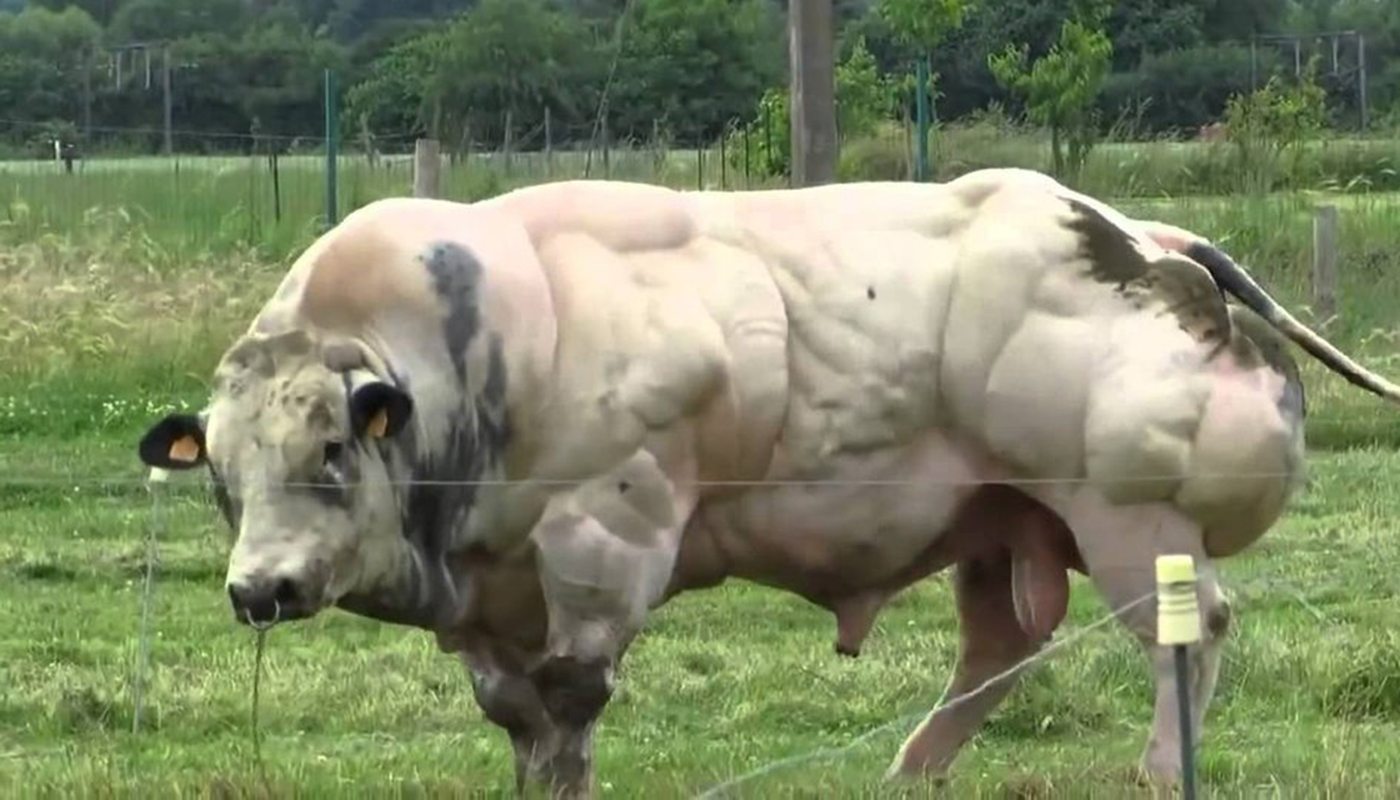 Belgian Blue Cattle Breed – Everything You Need to Know
Belgian Blue Cattle Breed – Everything You Need to Know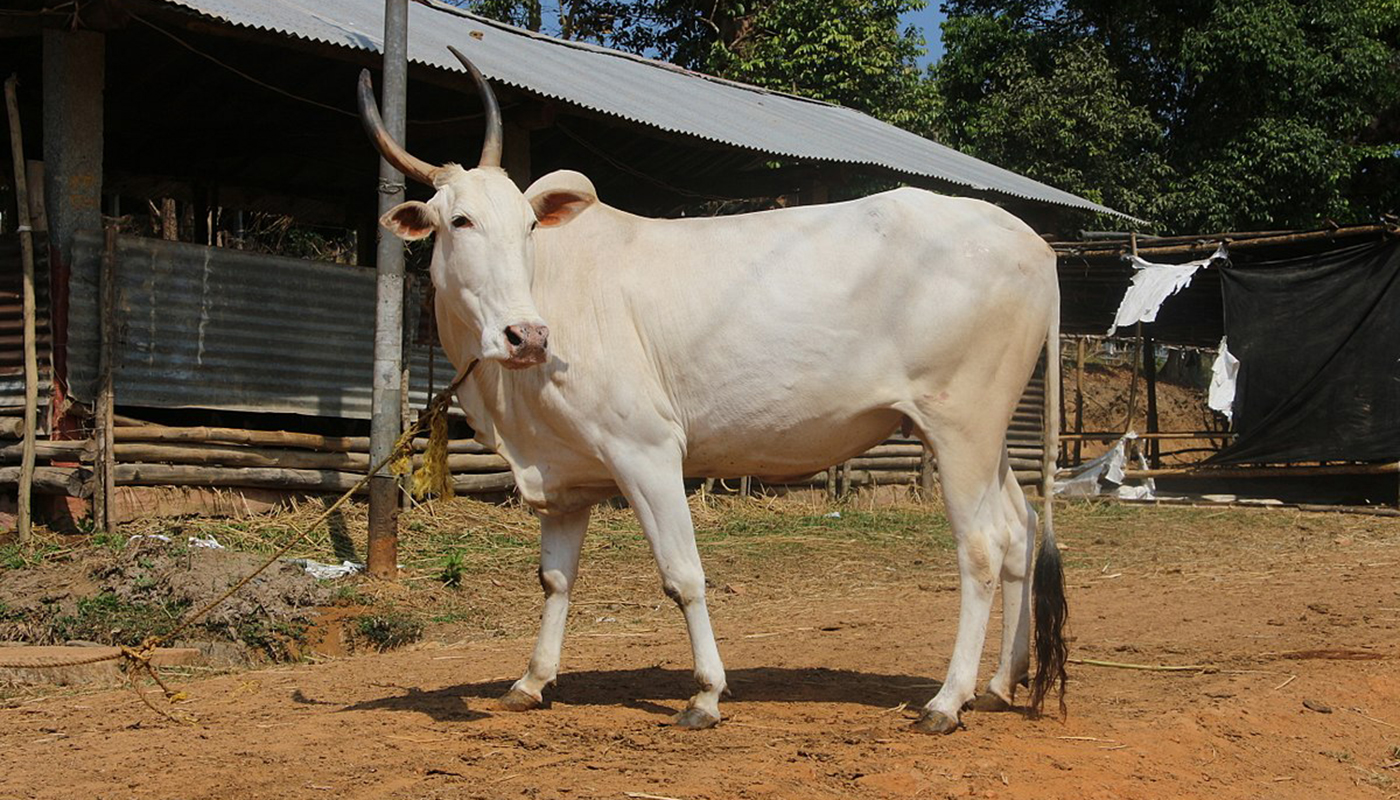 Hallikar Cattle Breed – Everything You Need to Know
Hallikar Cattle Breed – Everything You Need to Know Hungarian Grey Cattle Breed – Everything You Need to Know
Hungarian Grey Cattle Breed – Everything You Need to Know Shorthorn Cattle Breed – Everything You Need to Know
Shorthorn Cattle Breed – Everything You Need to Know Blonde d’Aquitaine Cattle Breed – Everything You Need to Know
Blonde d’Aquitaine Cattle Breed – Everything You Need to Know Maine Anjou Cattle Breed – Everything You Need to Know
Maine Anjou Cattle Breed – Everything You Need to Know Welsh Black Cattle Breed – Everything You Need to Know
Welsh Black Cattle Breed – Everything You Need to Know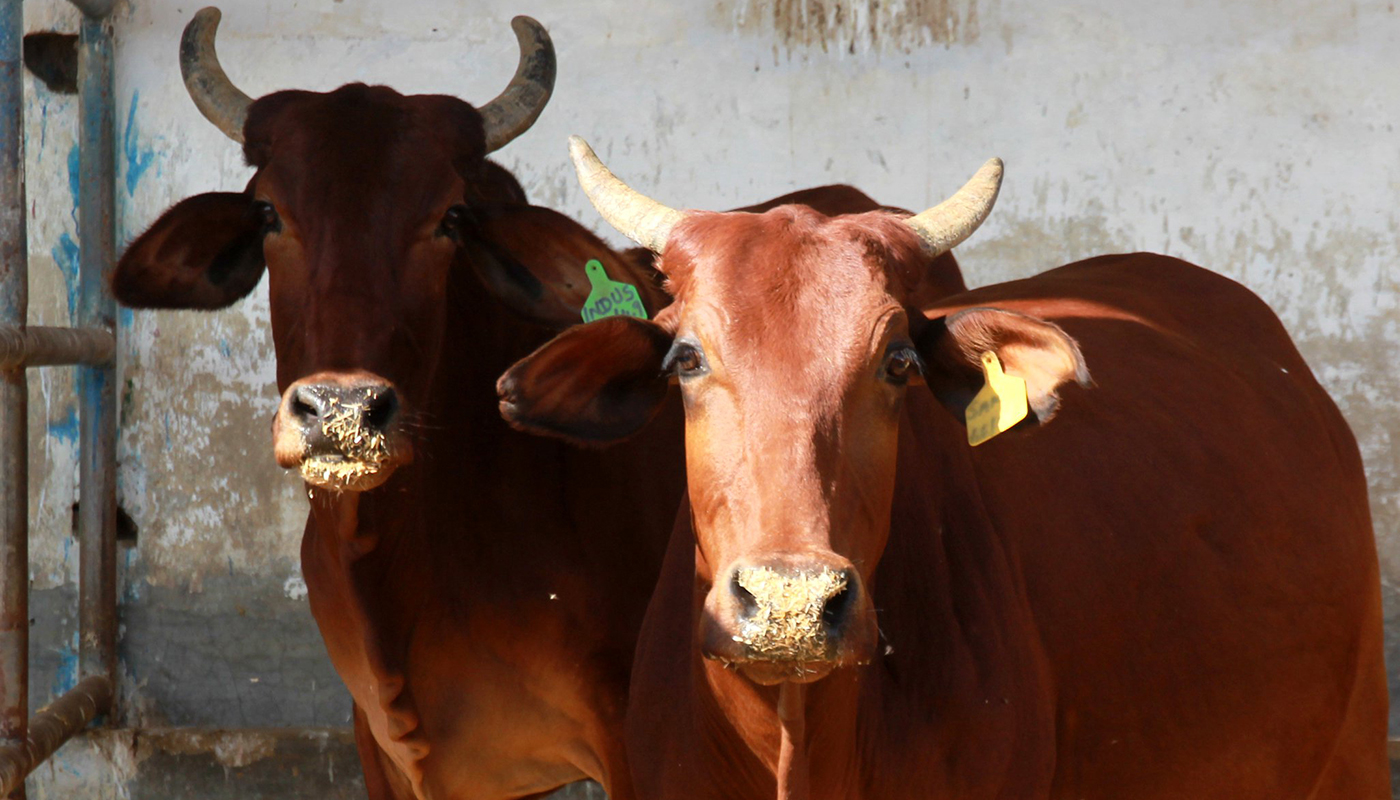 Red Sindhi Cattle Breed – Everything You Need to Know
Red Sindhi Cattle Breed – Everything You Need to Know Vechur Cattle Breed – Everything You Need to Know
Vechur Cattle Breed – Everything You Need to Know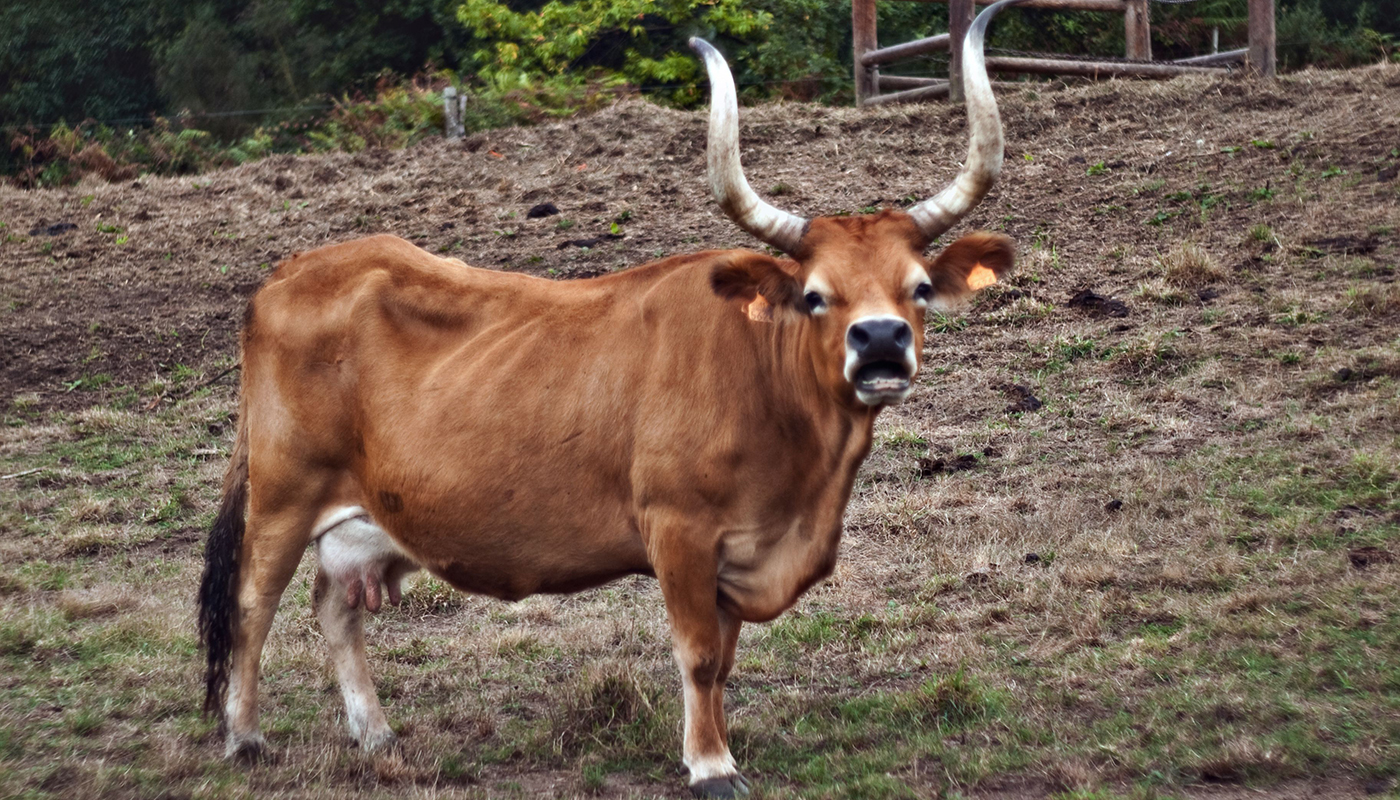 Cachena Cattle Breed – Everything You Need to Know
Cachena Cattle Breed – Everything You Need to Know